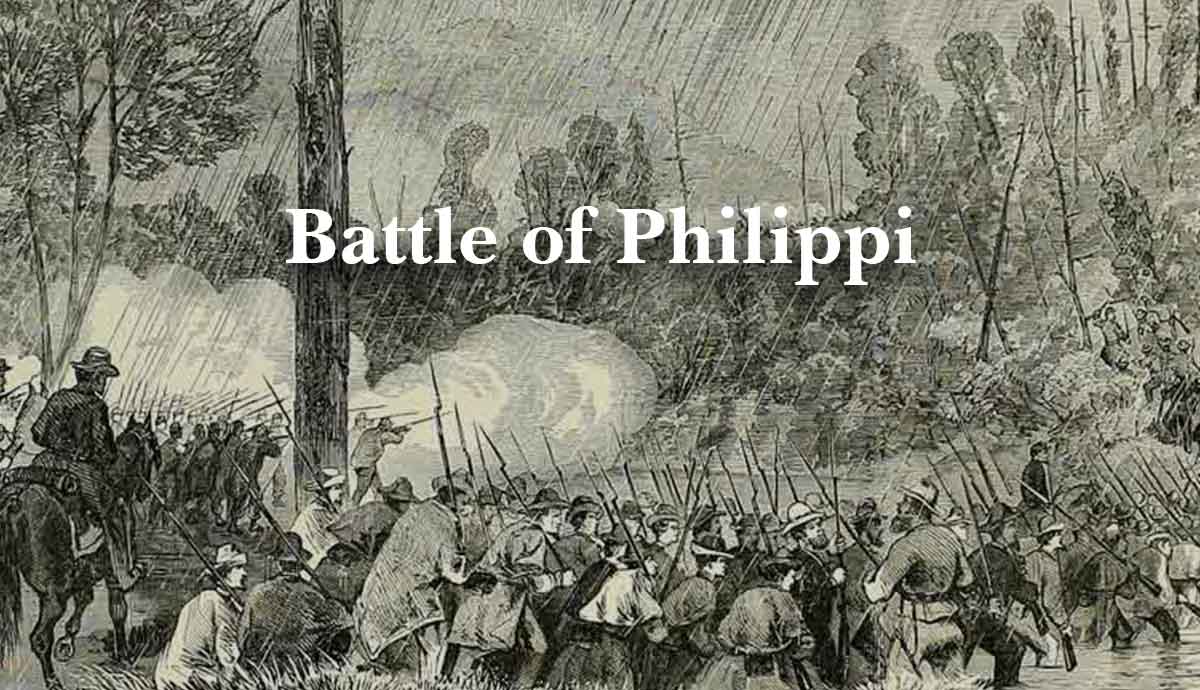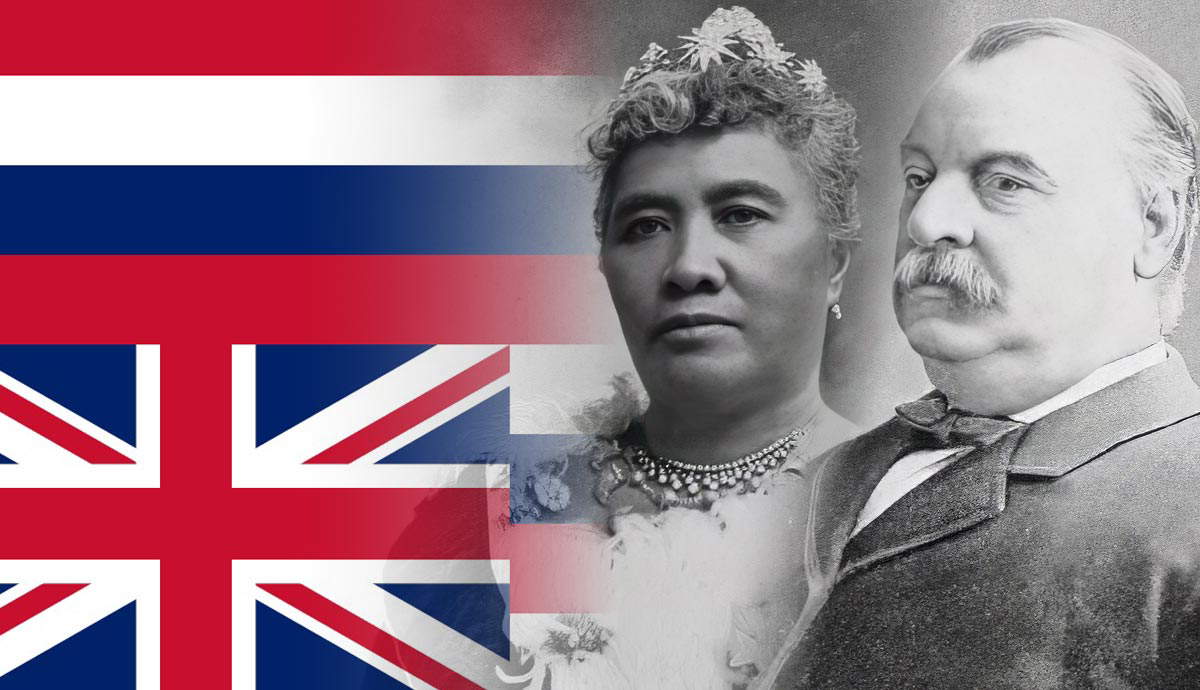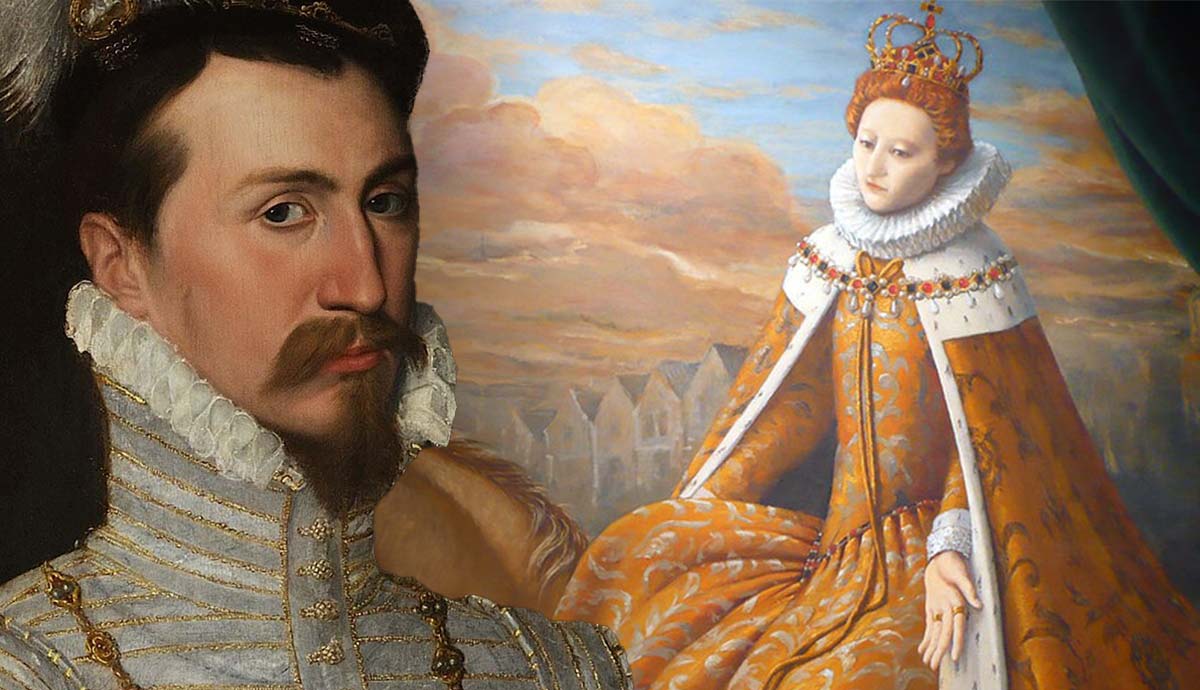
WWW.THECOLLECTOR.COM
The Almost Forgotten First Battle of the American Civil War
In April 1861, the American Civil War began with a literal bang due to the Confederate shelling and capture of Fort Sumter, South Carolina. But when was the first real battle of the Civil War? This goes to the June 3, 1861 Battle of Philippi in western Virginia, where a small but planned skirmish occurred between Union and Confederate soldiers. Neither side knew how large future battles would become.Victory Goes to the UnionThe borders of West Virginia superimposed over imagery of the states geography, representing its independent statehood after the Battle of Philippi. Source: West Virginia Public BroadcastingThe Battle of Philippi was a victory for the Union, which could then allow for the newly independent state of West Virginia to be carved from the Confederate state of Virginia. The skirmish was relatively small but highly representative of the conflict to comethe Union was unwilling to let the South secede unchallenged. By sending troops into western Virginia from Ohio, the Union sent a powerful message that it would use force. The battle itself was more of haphazard skirmish, with both Union and Confederate soldiers largely untrained.The Union, outnumbering the Confederates almost four-to-one in the small town of Philippi, caught the rebels by surprise and pushed them back many miles. However, the Union officers also made plenty of errors and allowed the 800 or so Southerners to largely escape. Quickly, the region of Kanawha in western Virginia sought to create its own independent state and remain part of the Union. On June 13, 1861, the Second Wheeling Convention in what would become Wheeling, West Virginia made a formal declaration of this plan.Timeline of the Battle of PhilippiA map showing Virginia in 1861, with Virginia seceding on April 17 but its western counties (Kanawha) wishing to remain in the Union. Source: West Virginia Public Broadcasting (WVPB)When the Battle of Fort Sumter occurred between April 12 and 13, 1861, the Confederate States of America was not fully formed!Virginia did not actually secede from the Union until April 17, shortly after US President Abraham Lincoln called for volunteers to join the military and suppress the rebellion.In May, Union general George McClellan set up his headquarters in Cincinnati, Ohio and looked east toward Virginia. He planned to try to cut across and seize the new Confederate capital city of Richmond, Virginia, ending the war quickly.The western part of Virginia, bordering Ohio, was largely pro-Union, allowing Union troops to advance with ease. In response, Confederates burned bridges to slow the Union advance.For about three weeks, Union troops took towns in western Virginia, with a small Confederate force retreating toward the town of Philippi, which was pro-secession.On June 1, an attack on this Confederate force was approved and commenced early on June 3, 1861. Outnumbered and outgunned, with the Union forces surprising the Confederates with cannon fire, the Southerners swiftly retreated.What Caused the Battle of Philippi?The Battle of Philippi was part of a campaign to keep the border states in the Union and led to the new state of West Virginia. Source: American Battlefield TrustThe Battle of Philippi was largely caused by the Unions desire to focus first on protecting the border states and similar regions from secessionist desires. As the war had begun even before the Confederacy was fully formed, many areas were still undecided about whether to remain with the Union or join the new Confederacy. Instead of massing as large an army as possible and barreling toward Richmond, the Union moved troops into these relatively undefended border states to secure them. The western counties of Virginia were pro-Union and thus a good place to send Union troops initially.Of course, the Unions advance into western Virginia could only remain unchallenged for so long. The Confederacy looked to mount a defense at the Monongahela River. Philippi had a famous covered bridge that crossed a tributary to the Monongahela River, where the two forces eventually met. By this far east of Ohio, the counties were more pro-secession and could not be counted on to quietly support the arrival of Union troops. Indeed, the arrival of Union troops on the morning of battle was announced by a local resident, sparking an unexpected beginning of the skirmish.Why Was the Battle of Philippi Significant?A map showing the location of Philippi inside of what is now West Virginia. Source: West Virginia Public Broadcasting (WVPB)Despite the small number of troops engaged, the battle was significant because it was the first organized land battle of the war. It signaled that the Union would not allow the secession to go unchecked, ending a period of question as to whether or not the North would risk its own blood to prevent the South from breaking away. Blood was spilled, revealing that the Union was serious. Would the Confederacy maintain its secession under threat of future bloodshed? Tragically, the fighting would rage for almost another four years, with bloodshed unimaginable at the time.A second point of significance was that the battle and strong presence of Union troops in western Virginia led to the creation of the new state of West Virginia, which would be part of the Union. After the war, West Virginia remained its own state, having been formally recognized as one by President Lincoln on June 20, 1863. The bill to make West Virginia a state had been approved by Congress, with a presidential signature attached on December 31, 1862. However, territorial disputes between Virginia and West Virginia continued after the war until settled by the US Supreme Court in Virginia v. West Virginia (1871).5 Facts About the Battle of PhilippiA photograph of Benjamin Franklin Kelley, who was the first Union officer to invade Confederate territory ahead of the Battle of Philippi. Source: Library of Congress1. CasualtiesCasualties at the Battle of Philippi were minimal. The Union, which was able to launch a successful surprise attack, suffered only four casualties among around 1,600 men committed. The Confederates, who had half as many men, suffered about thirty casualties. As the Confederates had quickly fled, there was little attempt to hold a line and take heavy casualties. Similarly, the Union did err in its pursuit and thus did not take heavy casualties while trying to stop the fleeing Southerners.2. CommandersUnion forces in the actual battle were led by Colonel Benjamin Franklin Kelley, a subordinate of General George McClellan. A native of New Hampshire, Kelley worked for the railroads before the war. He joined the Union army upon the outbreak of the Civil War and was put in charge of raising volunteers in western Virginia, where he had moved in 1826. Having attended military school as a youth, Kelley had planned to attend West Point and later served in the Mexican-American War, but both plans had been canceled due to deaths in his family. He was wounded in action at Philippi and promoted to brigadier general.Confederate forces were led by General George A. Porterfield. Like Kelley, Porterfield grew up revering the military; his father was a veteran of the War of 1812. He attended the Virginia Military Institute (VMI) and, after the Mexican-American War, became a newspaperman and a teacher. When the Civil War began, Porterfield was also a recruiter in western Virginia, though for the Confederate cause. Ironically, he signed considerably fewer recruits than Kelley, as the region was largely pro-Union. Due to his forces poor performance at Philippi, Porterfields military career was largely halted. He was captured in 1862 by Union troops and did not seek command again after being paroled.3. Number of Forces InvolvedAn image of Union soldiers firing cannons at Confederates in western Virginia during the June 3, 1861 Battle of Philippi. Source: West Virginia Public Broadcasting EducationThe Union forces at Philippi numbered about 3,000 men, which dwarfed the Confederate force of only 800 men. In the region, which was pro-Unionist, Confederate General George Porterfield had struggled to raise many recruits. This first organized battle of the war would soon be dwarfed by much larger engagements, featuring over 100,000 men per side!4. Visiting the Battlefield TodayToday, the battlefield can be seen as part of the Blue and Gray Park in Philippi, West Virginia. At the site of the brief battle, visitors can read informational signs. Fortunately, there are plenty of other history-related things to do in Barbour County, West Virginia, including watching Civil War re-enactments. Visitors can also visit the famous Philippi covered bridge, which is part of Civil War history.5. Trivia: Battle Led to Artificial Limb IndustryThe American Civil War would quickly become known worldwide for its large-scale brutality, with battles featuring tens of thousands of soldiers on each side. Many soldiers would lose limbs in titanic battles like Antietam, Gettysburg, and Chickamauga. However, it was at the humble Battle of Philippi where Confederate soldier James Hanger lost a leg. Hanger went on to create the company now known as Hanger Clinic: Prosthetics & Orthotics, a nationwide provider of artificial limbs.Aftermath of Philippi: The War Grows Grim in VirginiaA painting of Philippi, West Virginia after the American Civil War. Source: American Battlefield TrustThe quick victory was a public relations win for the Union. Although the battle was nearly bloodless, two battlefield amputations were grim foreshadowing of what was to come, as was the destruction of the town of Philippi itself. The small town, composed mostly of Confederate sympathizers, largely fled, and some houses were looted by Union troops. Both of these unpleasantries would occur in future battles on a much larger scale.McClellan continued his West Virginia Campaign after Philippi. Both the Union and Confederate armies quickly swelled with reinforcements, with McClellans 3,000 becoming 20,000 and Porterfields 800 becoming 4,500 under his replacement, General Robert Garnett (who was killed in action weeks later after bemoaning that he was being sent to his death). In late June 1861, McClellan arrived to join the head of his growing army. However, the campaign quickly bogged down as McClellan began fearing that he was outnumbered, facing far larger Confederate forces nearby than actually existed. Despite being stalled, McClellan had achieved a Union foothold in Virginia that would last, allowing for many future offensives toward Richmond.
0 Yorumlar
0 hisse senetleri
113 Views











